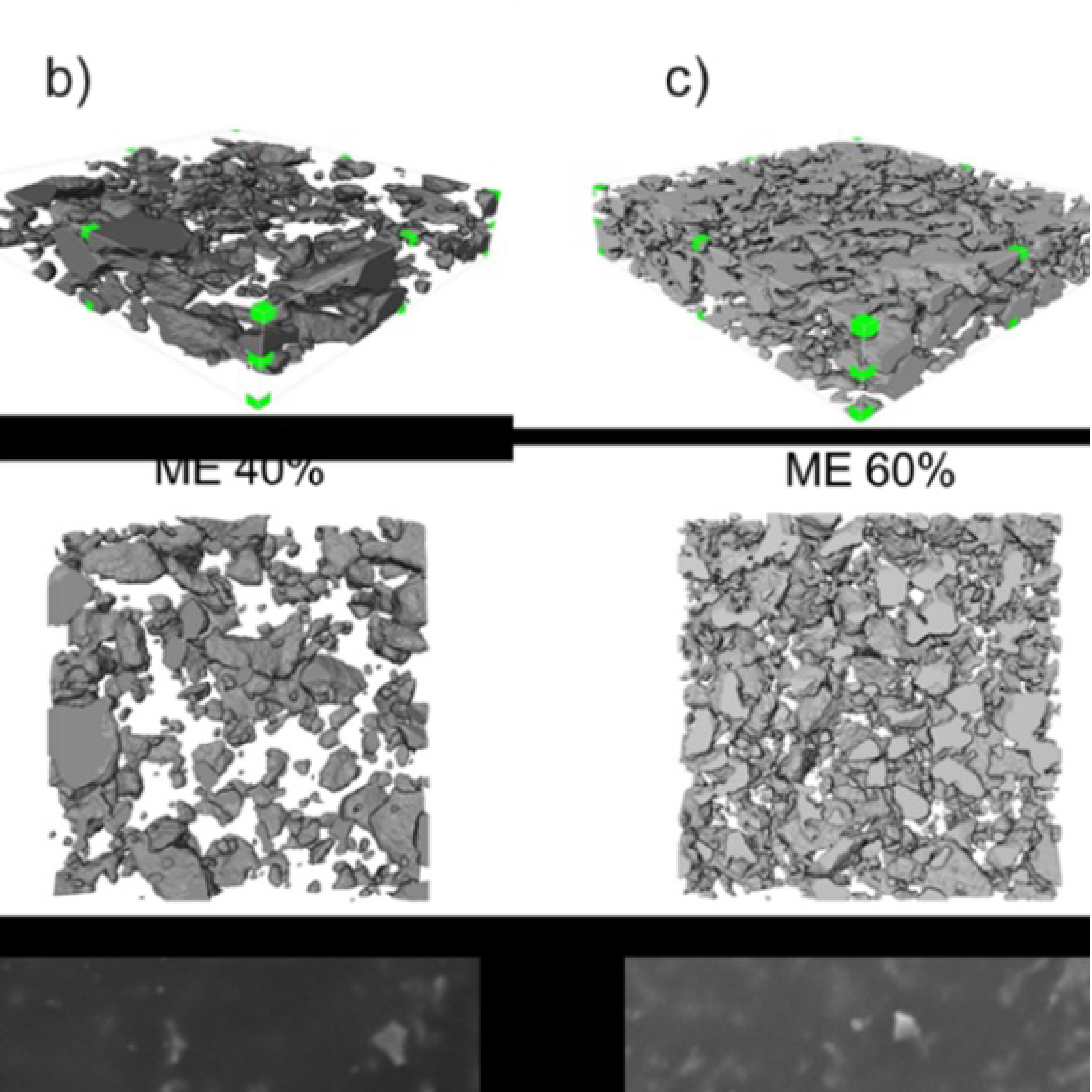
3D Microstructure of Soft Magnetic Elastomer Membrane
Soft magnetic elastomer membranes enable fast magnetic actuation under low fields. In our project, we… Read More
Events & Resources
News, Events and Resources from NXCT Partners
This project investigates the sense of whisker touch in mammals. Specifically, trying to understand why whiskers are shaped the way they are, and how this is associated with their function.
Most mammals have whiskers – specialised touch-sensitive hairs that guide navigation, locomotion and foraging. Whiskers are part of a unique vibrotactile sensory system and vary in size, length, number and shape. These differences will affect the mechanics of whisker signals received by each whisker follicle. However, it is unknown how whisker shapes affect forces within the follicle. With advances in imaging, behavioural tracking, software and robotics, it is only now that we are able to integrate information from morphology, behaviour, modelling and robotics to inform hypotheses about mechanosensation. Our project characterises the effect of whisker shape on whisker mechanics using morphological and behavioural studies, mathematical algorithms and robot models.
We have described the whisker shapes (curvature, taper, length) of some species of Carnivora, including European otter, red fox, grey seal, harbour seal and South African fur seal. We have observed that aquatic species have shorter, thicker whiskers than terrestrial whiskers, and that whiskers vary in length across the pad. Phocid whiskers (harbour seal and grey seal ) are undulating, but the degree of undulations vary across the pad and between species.
At the NXCT we have scanned the whiskers of each species in three-dimensions and will be modelling them, using CAD software and finite element analysis, to systematically examine the effect of taper, curvature and undulations on mechanics. For the first time, we have adopted diffusible iodine-based contrast-enhanced CT imaging to describe the whole mystacial pad in three dimensions, including describing the arrangement of the follicles and the muscle architecture.
This multidisciplinary project has the capacity to provide a step-change in our understanding of mammalian sensory biology. Outcomes of this project will provide recommendations for animal sensory enrichment and welfare, as well as inform tactile underwater robot design and control, with potential future applications in marine archaeology, shipping, mining and environmental monitoring.
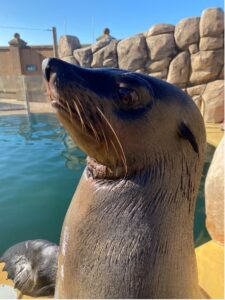
Image 1: The smooth conical whiskers of a South African Fur Seal(Arctocephaluspusillus), SeaQuarium Rhyl
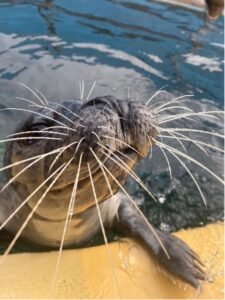
Image 2: The undulating flattened whiskers of a Harbour Seal (Phoca vitulina), SeaQuarium Rhyl
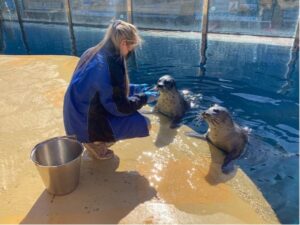
Image 3: Dr Alyx Elder with the Harbour Seals (Phoca vitulina), at SeaQuarium Rhyl

Soft magnetic elastomer membranes enable fast magnetic actuation under low fields. In our project, we… Read More
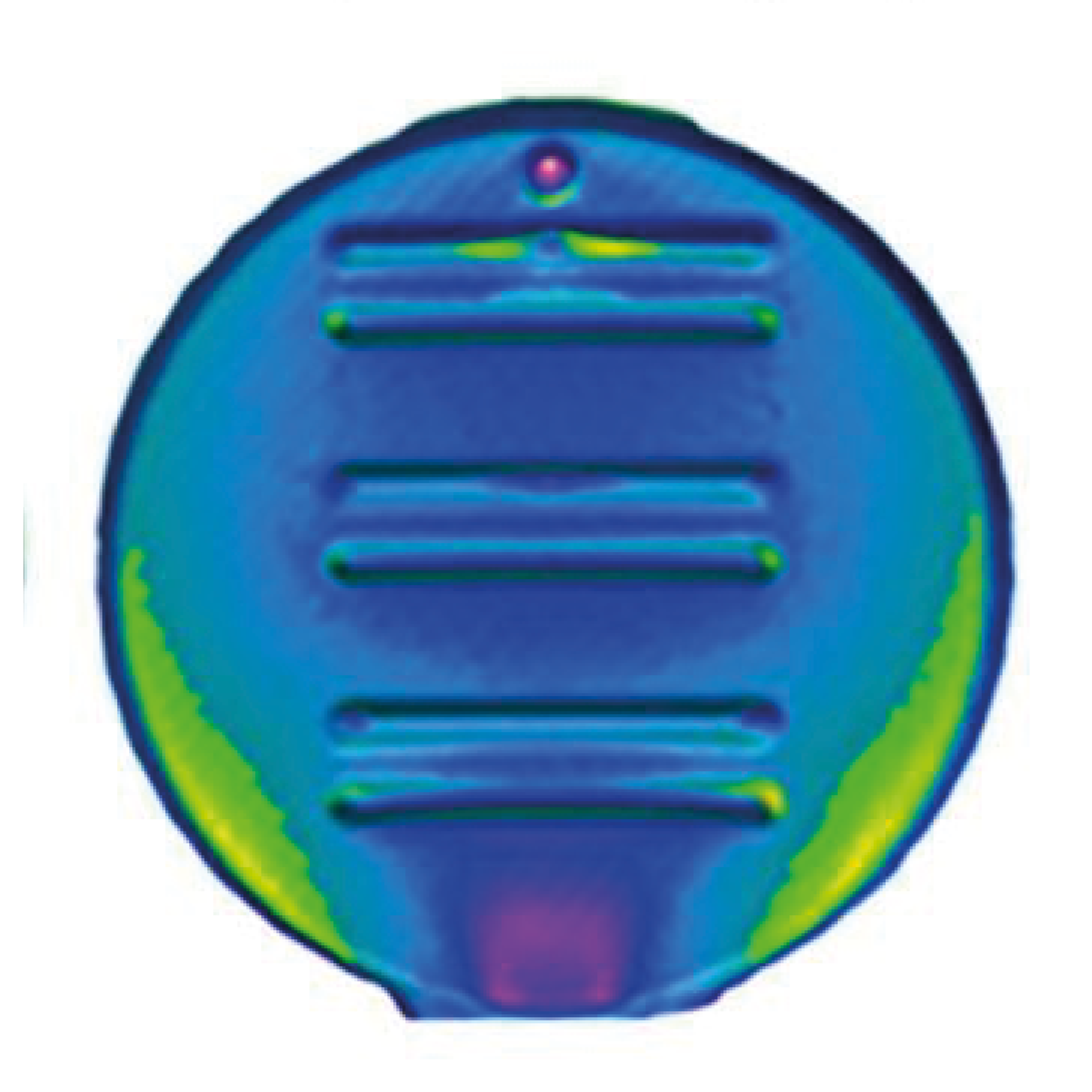
Nowadays, the increasing capability of micro-manufacturing processes enables the manufacture of miniature products with extremely… Read More

Injection of CO2 into shale reservoirs to enhance gas recovery and simultaneously sequester greenhouse… Read More